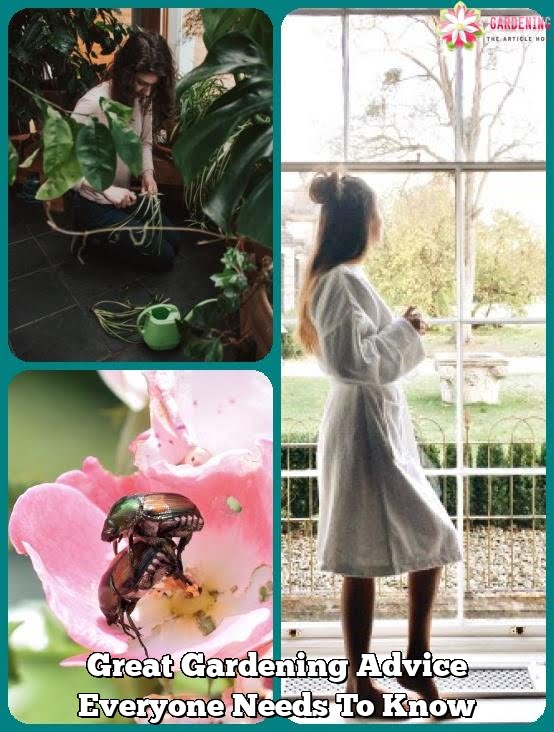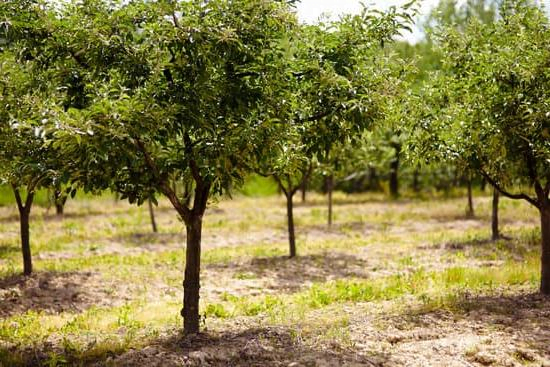Learn some of the tips included in this article. You can have a good idea on what you need, so that you don’t waste time and money on equipment you don’t need, or on seeds that will not work in your environment.
Make sure that your sod properly. Pull all the weeds and break up any clods of soil. Make sure the soil is flat and even. Make sure you work with a moist all the way through. Sod should be placed in rows that are staggered, the joints offsetting from each other.
Select plants that produce a higher profits and yield.
Plant perennials in your garden that are slug-proof. Slugs or snails can kill a plant in one night. These pests are particularly fond of young perennials and those varieties with leaves that are tender, herbaceous stems and leaves, and thin. Some varieties of perennials are not preferred by snails and slugs, especially if their foliage is hairy and tough, or tastes bad. Some of these plants include achillea, campanula, campanula, helleborus, and heuchera.
You do not need a costly chemical solution to deal with powdery mildew in your garden. Mix a bit of liquid soap and baking soda into water. Spray this mixture on your plants once weekly until the mildew is gone. This is a natural solution for ridding your plants and the mildew will go away slowly.
When it’s autumn, you need to plant autumn edibles. A hollowed out pumpkin can be used as a festive container for kale and lettuce. Once you cut an opening at the top of the pumpkin and scoop out the insides, spray the edges and inside with Wilt-Pruf to prevent rotting.
Fertilizing is an important step in preparing your garden is essential.Manure is great in enabling plants to grow, but it is important that you choose a manure that has been composted commercially so that there is less of a risk of pathogens.
Chamomile tea is effective treatment against fungus problem within your garden.
Bees like it because it gives them nectar in the spring.Spiders, ground beetles and other insects helpful to your garden tend to live in a heather bed, and other useful insects spend time in undisturbed heather beds. Keep this in mind and remember to always wear gloves when you prune your heather!
Using aspirin water can prevent certain plant diseases. Dissolve 1 aspirin per gallon of water. You can just spray the solution on your plants to assist them in warding off diseases. The spray ought to be applied approximately every three weeks or so.
Have plastic bags on hand that you can put over your horticulture shoes.
Adjust your watering according to season and climate. For instance, if you live in a humid climate where it never goes below 30 degrees Celsius, refrain from watering the leaves, as doing so tends to foster fungus growth.
By mixing things up and planting in various spots, you will be able to ward off disease and fungus naturally.
The garlic will be matured when the very tops of them begin to brown.
Research botanical insecticides which can be purchased locally to aid in deterring the pest population. Natural insecticides can sometimes kill pests more powerful than synthetic pesticides. However, due to their biological makeup, which makes them disappear more quickly.
Even if the insects still remain, plants will not be damaged by them.
You have likely heard about the positive benefits of a compost bin for your organic garden, but did you ever think about the ingredients. Compost is a mixture of wood chips, leaves, leaves, scraps of produce, twigs and produce scraps that have broken down into a kind of soil. You can use this type of fertilizer and save money.
One needs to build a border with a fence around their garden before they even start planting their garden. The border material should be tall enough to stop animals from entering the garden, so that they grow as big as they can.
Some houseplants may require re-potting, and others will react poorly if their roots are disturbed. To check to see if a plant requires re-potting, gently remove the plant from its container. If only a few roots are showing, or you can’t see them at all, and doesn’t need to be transplanted.
A good knife must be used in order to cut thick roots. Cut the roots into lengths of two inch lengths. Place the cut up roots on top of a seed trays with healthy soil. Cover with a layer of peat and grit. Plant these separately in little pots until they are ready to plant outside.
If you leave valuable tools lying around, it could prove to be too tempting for a potential thief.
There are some annuals that do well in winter’s colder temperatures. These plants may need to be pruned back to look their best. Annuals that do best in cool weather include snapdragons, petunias and snapdragons.
This will keep powdery mildew from forming. You will be able to store this mixture in your fridge for about three weeks. You can also use this every day until mildew is no longer a problem.
If your organic garden is infested with aphids, a blast of soapy water will get rid of them.
You can build up plan material layers for compost by filling large garbage bags with it. You can do this in the fall once the leaves have been raked. Put the bagged leaves in a place that are bagged somewhere warm.
Plant shrubs that bear fall fruit that is festive and decorative. Although foliage is associated with the colors of fall, there are a number of trees that produce decorative fruit. Berries range in color from deep reds to orange-reds and yellows, lasting through a good portion of winter, and provide food for birds. Some varieties of these trees are chokeberry, hawthorn, chokeberry, and holly.
A little bit of research will go a long way, especially when you pair it with patience. Your efforts will be rewarded by a great garden, and the satisfaction of having created something yourself.

Welcome to my blog about home and family. This blog is a place where I will share my thoughts, ideas, and experiences related to these important topics. I am a stay-at-home mom with two young children. I hope you enjoy reading it! and may find some helpful tips and ideas that will make your home and family life even better!





